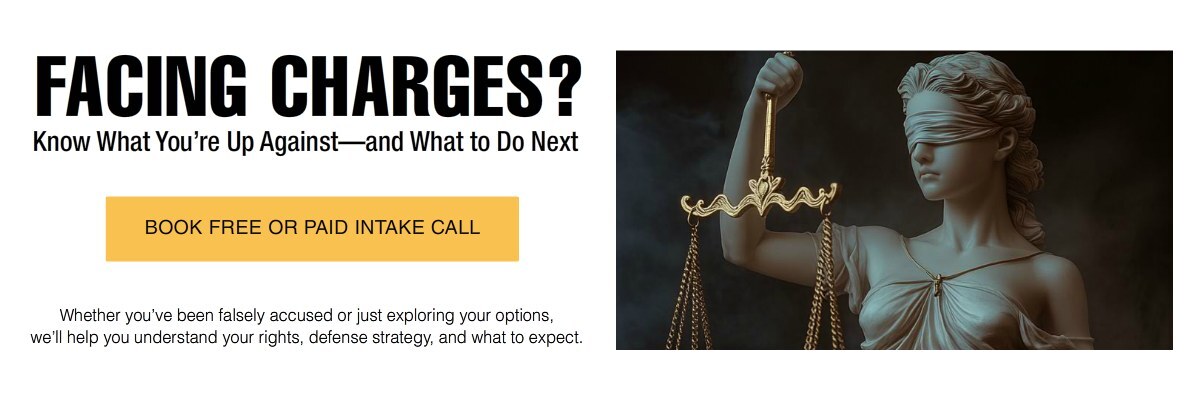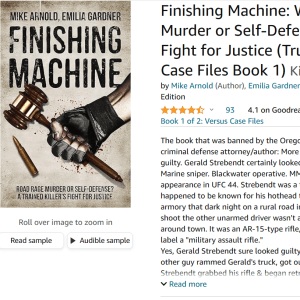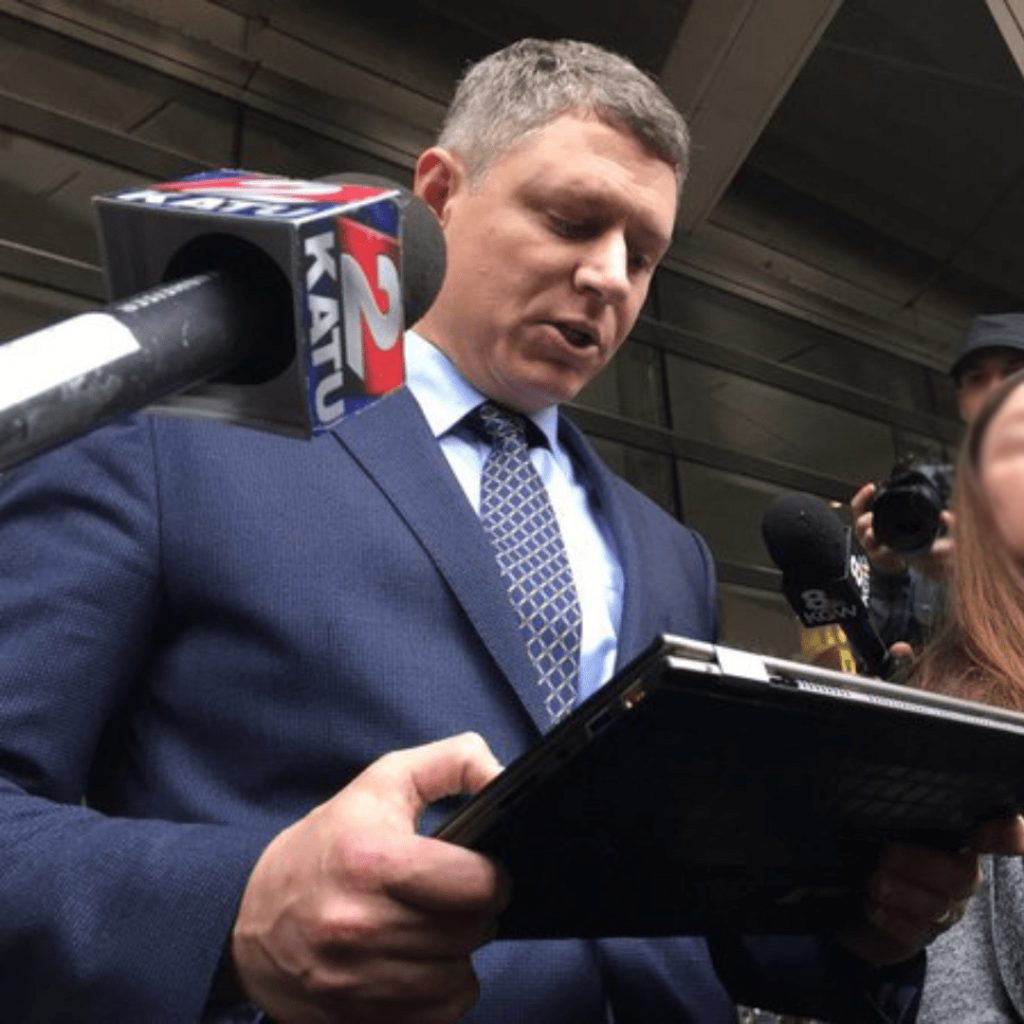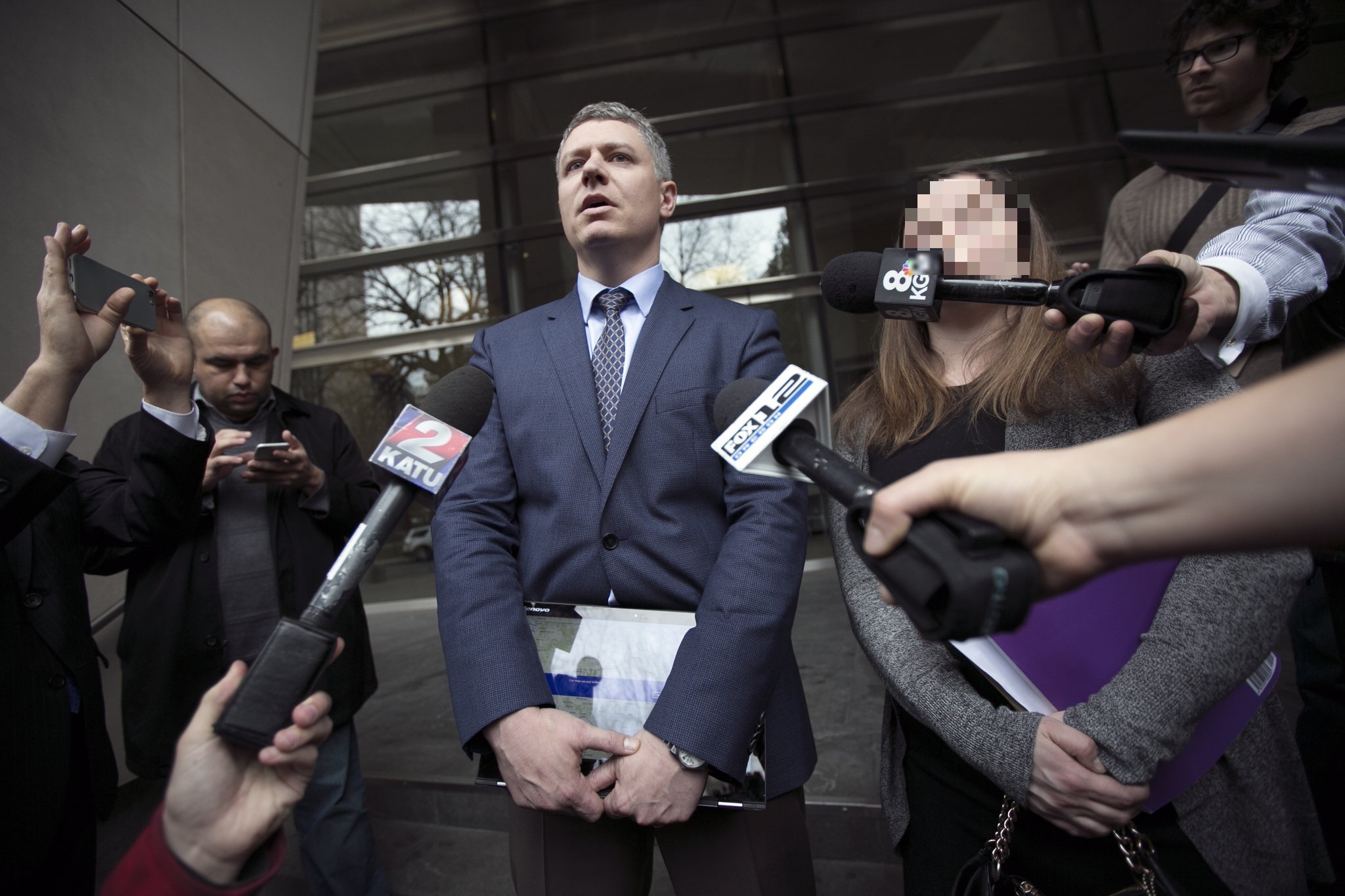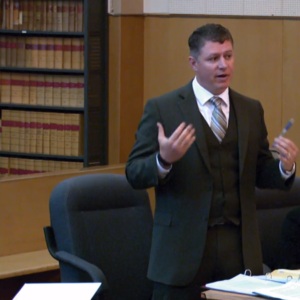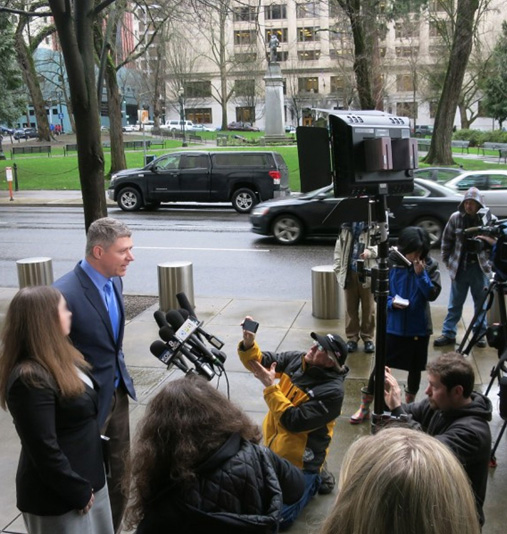Law is War: Inside the Mind of a Top Trial Lawyer
Jul 29, 2025 Legal Defense & Trial Strategy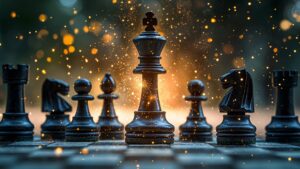
Every criminal trial is actually two trials. One unfolds in the courtroom—testimony, objections, legal arguments, and rulings. The other plays out silently, in the minds of jurors, attorneys, and even the judge. These two tracks rarely move in sync. And for defense attorneys, that split reality is where strategy lives or dies.
In this blog you’ll learn:
- Why every trial runs on two tracks: what happens in court and what happens in jurors’ minds
- How defense attorneys decide when to reveal key weaknesses in the prosecution’s case
- The difference between truth-seeking prosecutors and true believers—and why it matters
- Why strategic restraint can be more powerful than confrontation in securing a just verdict
On paper, the burden is clear: the state must prove its case beyond a reasonable doubt. But in reality, jurors walk in with bias. They see an arrest and assume guilt. They hear an accusation and feel outrage. They don’t naturally think like lawyers—they think like humans. So, the defense must navigate two challenges at once: countering the state’s story in the courtroom, and rewiring how jurors process it.
That’s why defense attorneys often hold back. They delay the reveal of fatal flaws in the prosecution’s case. It’s not misdirection. It’s respect for the process. A well-timed surprise in cross-examination can do more than a thousand words in opening argument. It can expose overconfidence, highlight contradictions, and jolt a juror out of assumption and into doubt.
But timing isn’t just about tactics. It’s about psychology. Because not all prosecutors are created equal. Some are truth-seekers—willing to confront new facts and reconsider their theories. Others are true believers. These DAs see the defense as an obstacle, not a partner in the search for justice. To them, every contradiction is a threat, every objection a challenge to their identity. That mindset drives weak cases to trial. And that’s where things unravel.
When the defense spots a gaping hole in the prosecution’s case, they face a choice: reveal it early and risk the other side patching it up, or wait and expose it when it matters most. The decision hinges on understanding who’s sitting across the aisle. Because the real drama of trial isn’t always on the record. It’s the unspoken chess match between two visions of justice—one grounded in humility and truth, the other in narrative and ego.
That’s why great defense work isn’t about theatrics. It’s about reading people. It’s about protecting jurors from their own instincts, dismantling bad logic, and guiding them back to the only standard that matters: proof beyond a reasonable doubt. In a system built on stories, the best defense is clarity.








